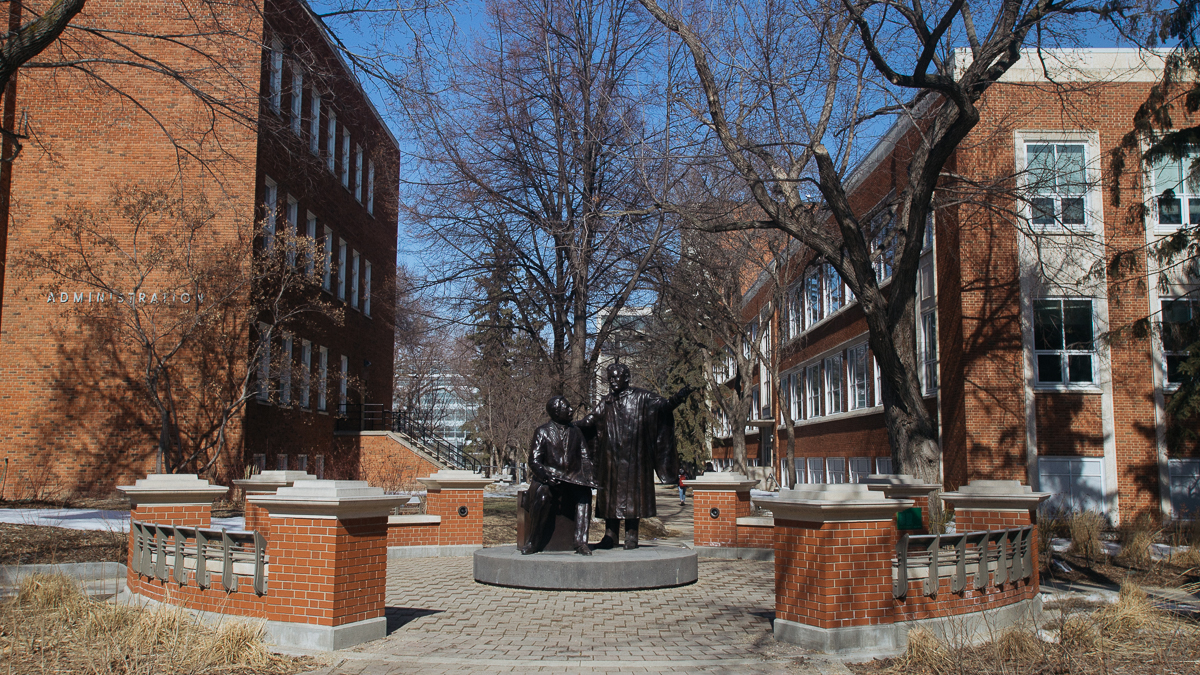 Rosty Soroka
Rosty SorokaThe university’s new activities-based budget model will put students in control of the operating budget, ensuring that spending reflects campus realities.
Students may be surprised to learn that the program they enroll in or courses they choose
The new activities-based model will ensure that money is allocated to faculties based on their actual teaching and research activities. Once faculties receive their funding from central administration, they will continue to budget spending internally as they see fit. 70 per cent of the Campus Alberta grant, the U of A’s biggest source of provincial government funding, will be allocated based on domestic student enrolment, meaning the money will go to the faculty that houses a students’ major. The remaining 30 per cent will be allocated based on the indirect costs of research.
100 per cent of tuition dollars will be allocated to the faculty that offers the course, with the exception of non-credit and cost-recovery courses. This means that students effectively get to vote with their course and program choices on how the university allocates its money.
In more informal metrics, “bums in seats” will now equal dollars received.
There is one variable that administration will control, the basic revenue unit (BRU), which will be used to account for the differences in cost to deliver programs. For example, a program with many lab components is more expensive to teach than a lecture-based program, and will require the offset provided by a BRU. There is potential for administration to manipulate BRUs to favour certain faculties, but hopefully the tool will be used wisely.
Now that tuition dollars will be allocated by course enrolment, faculties will be incentivized to keep students taking courses within their home faculties.
However, these fears are unwarranted, as General Faculties Council (GFC), the ultimate authority over academic programs, has anti-duplication policies in place. Additionally, the new budget model lessens the financial challenge of interdisciplinary learning. Under the old budget, faculties would have to work out the financial implications of students from other faculties taking their courses among themselves, as no money followed the student based on course enrolment. Now, faculties will automatically receive tuition dollars regardless of students’ home faculties, making it easier to open up courses to outside students.
The biggest problem with the new budget model is that it has no built-in incentives for central administration to cut costs. Administrators at the U of A are among the highest paid in Canada, and the costs of administration have been ballooning over the past couple decades. The new model does nothing to address this problem, as funding for central administration will be pulled out of the Campus Alberta grant before any money is allocated to faculties. This isn’t surprising, given that central administration has no incentive to design a budget model that forces them to cut their own costs. Administration does promise an undefined “Administrative Portfolio Review Committee” to approve their spending, but ultimately it’s up to the Board of Governors to reign in administrative costs.
Overall, the new activities-based budget model should bring positive change, ensuring spending reflects what students are choosing on campus. While there are a few potential negative side effects, they aren’t any worse than what we have with the current budget. If implemented correctly, we should start to see a more equitable division of resources between faculties in a more transparent budgeting process.




